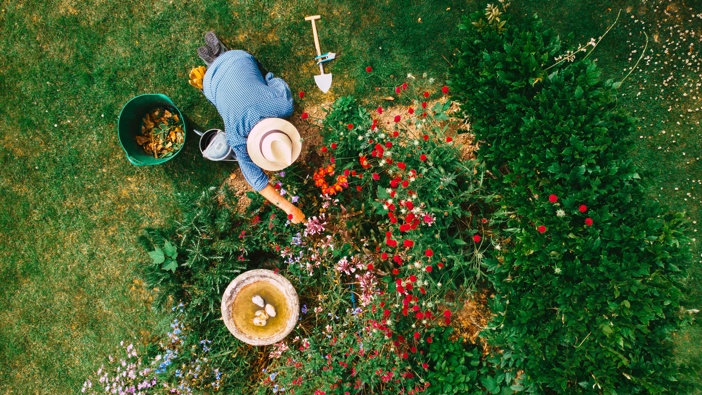Parasites… Bodies everywhere!!!
This is the time to take a good look at the small critters in your garden. You may go on holiday and need someone to control the “pests” on your plants, crops and fruit trees. We are talking predators, but especially parasitoids.
The concept of parasitism is not always easy to grasp for non-entomologically inclined people. For starters you’ll need a good set of eyes and in some cases a decent magnifying glass or even a small microscope, to get the picture.
So – what is it all about and how do you look for evidence of these clever critters?
Parasites are organisms that take advantage of a host, by living off them or even inside them. Usually, parasites don’t necessarily kill their hosts directly (think: headlice, tapeworm, ticks, fleas, mosquitoes, scabies, etc).
Parasitoids, however, tend to be fatal to our plant pests and other small creatures that live in our garden environment. The reason is simple: the larval stages of the parasitoids develop inside the host, and this causes internal destruction (remember Alien?).
Most parasitoids are members of the wasp order, but they don’t really look like the common and German wasps. Parasitic wasps are often quite small and reminiscent of winged ants. Their size and insignificant black and brown colouring makes them hard to detect and identify as a “goodie”, so it may be more advantageous to keep an eye out for the, shall we say, results of their efforts.
On cabbages, cauliflowers, broccoli and such crops, the caterpillars of white butterflies cause many chewing holes. Small, 2-3 mm parasitoids (Cotesia glomerata) lay a number of eggs inside the living caterpillars; these eggs hatch into hungry grubs that take very little time to completely clean out the fluids, meat and musculature inside the hapless larva.
When the grubs emerge from the dying host, they spin silken cocoons inside which they pupate. These creamy-white cocoons are a dead give-away for the presence of useful parasites in the cabbage patch.
Of course, the message is obvious: don’t spray insecticides, as you’ll certainly kill the small black wasps that come out of those white cocoons!
Parasitoids tend to be specialised in their job. There’s another species of small, black wasp (Pteromalus puparum) that likes to lay its eggs inside the chrysalis of the white butterfly. Evidence of this bodysnatching is the perfectly round emergence holes in the skin of an otherwise empty pupal case: the parasitoids will have left the cramped conditions inside that host already and are looking for more victims.
Sometimes parasitoids species aim for an even smaller abode: imagine completing your entire life cycle inside an aphid. Yet there are tiny parasitic wasps that do just that. The adult wasps may be the size of flying dust, but the clobbered aphid is very easy to spot.
Parasitised aphids are generally referred to as “mummies”: slightly bloated and discoloured with a parchment texture, they truly stand out from the crowd. Check out your roses, swan plants or any other aphid-infested plant for that matter.
Mummies means parasitism is lending a helping hand in your garden and insecticides would do more damage than good.
There are even parasitoids that develop inside the eggs of their host insects: A good example is the famous Trissolcus basalis wasp that hunts for the beautifully arranged egg clusters of our stinky green vegetable bug.
When she has found such an omelette of opportunity, the female Trissolcus will lay one egg in just about every green vegetable bug egg in the cluster.
She then wipes her abdomen over the finished job, to lay down a chemical scent or marker that will deter other Trissolcus females parasitising the same cluster of eggs, which makes sense: the space inside a green vegetable bug egg is just enough for the development of one parasitoids, not two.
This, indeed, is a small world!
To keep it ticking over in your garden:
-Don’t spray insecticides.
-Attract parasitoids by planting flowering plants with nectar for the adults.
LISTEN ABOVE
Take your Radio, Podcasts and Music with you










